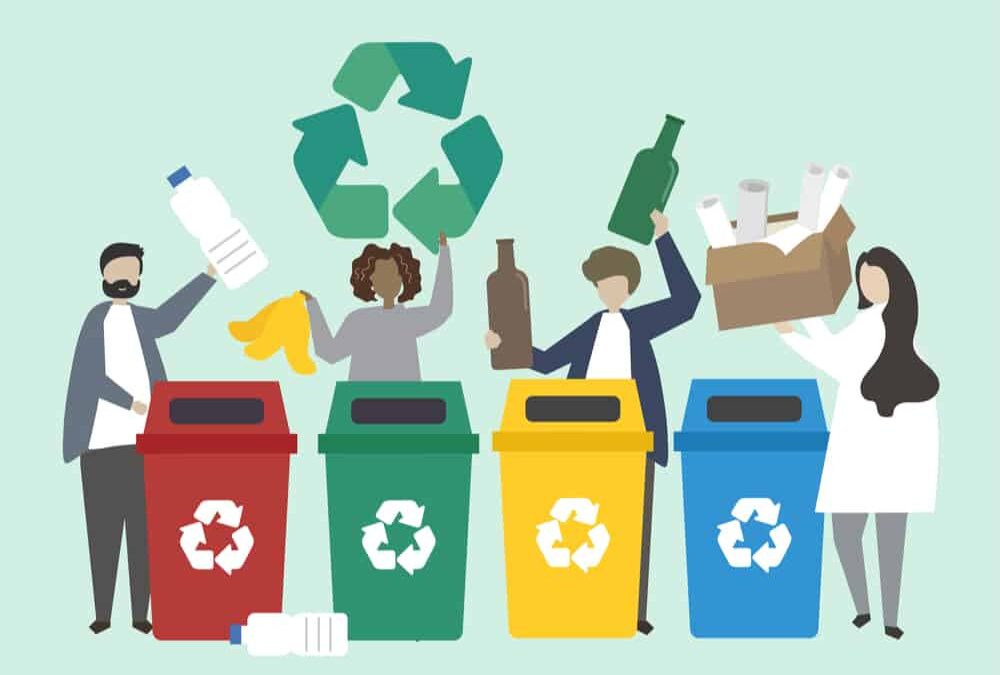Waste generation is considered one of the most pressing environmental issues facing our world. It is estimated that globally, we produce 2.01 billion tonnes of solid waste annually, contributing significantly to environmental degradation and climate change. Undoubtedly, anyone searching for new and innovative ways to reduce waste generation would come across bioenergy. This blog explores the essential role that bioenergy plays in reducing waste generation and how you can be part of this sustainable path.
Understanding Bioenergy
You should first understand what bioenergy is before exploring its link with waste minimization. Bioenergy refers to the energy obtained from organic matter—plants, animals, and their by-products. Frequently seen as a renewable resource due to its source’s capability to regenerate, it provides a sustainable alternative to fossil fuels which are finite and non-renewable.
The Science Behind Bioenergy Production
Bioenergy production harnesses sophisticated science involving biological and chemical processes. The method involves converting organic material into gaseous or liquid fuels. The most popular types of these fuels include ethanol, biodiesel, and biogas. By utilizing organic waste as raw material for fuel production, bioenergy significantly reduces solid waste volume while also contributing clean, renewable energy.
Enormous Potential of Agricultural Waste
Agricultural waste often takes a substantial share in total global waste generation. However, in relation to bioenergy, it can become a valuable resource instead. Convertible into biofuels, agricultural residues such as straw, animal manure, and surplus crops not only reduce unnecessary waste but can also contribute to our energy supply chain.
Urban Organic Waste Contribution
Organic waste generated in urban areas also offers opportunities for bioenergy production. Food scraps, leaves, and yard trimmings can all deliver organic material that is convertible into bioenergy resources. The processing of these materials into energy also lessens their impact on landfill volumes.
Forestry Waste Reutilization
Forestry waste, including tree stumps, branches, and deadwood, can also be used as bioenergy sources. Through sustainable forest management practices and with appropriate technologies, these wastes can be harnessed efficiently in a sustainable way.
Bioenergy Production Benefits
You may wonder why it matters that waste becomes a source of energy. First, by transforming waste into usable energy, it reduces the strain on landfills. Secondly, it decreases our reliance on fossil fuels, which are non-renewable and contribute immensely to harmful greenhouse gas emissions.
Tackling Greenhouse Gas Emissions
The production of bioenergy also tackles greenhouse gas emissions effectively. Instead of allowing biomass waste to decompose naturally and emit methane—a potent greenhouse gas—these organic materials can be channeled into bioenergy production where the emissions are significantly less damaging.
Economic Implications
The bioenergy industry provides more than just environmental advantages. It also offers economic benefits such as job creation in rural areas where most biomass resources reside. Moreover, the industry contributes to the diversification of energy supplies, reducing dependence on imported fuels.
Sustainability Concerns
While harnessing bioenergy from waste does yield promises, there are sustainability concerns that must be addressed carefully. The importance lies in ensuring that the rate at which these resources are harvested does not outpace the rate at which they regenerate. Equally important is verifying that no harmful substances are released during the converting process.
Future Prospects in Bioenergy
With advancements in technology and increased recognition of its potential, bioenergy has a promising future. By refining our techniques, improving efficiencies, and ensuring sustainability, we can look forward to an increased role for bioenergy in our energy mix and reductions in waste generation.
Your Role in Bioenergy
Opting for products made from renewable resources and reducing your waste generation are some of the ways in which you can contribute towards enhancing the use of bioenergy. Remember, every conscious decision helps to create a more sustainable planet.
The Necessity for Policy Support
Governments have a crucial role to play in supporting and advancing the bioenergy sector. Favorable policies towards research and development, subsidies for bioenergy producers and consumers, and measures to ensure the sustainability of resources are essential for the sector’s growth.
Emphasizing Education
Greater awareness about waste reduction and the value of bioenergy is needed. Educational institutions can promote this by incorporating it into their curriculum while businesses can incorporate it into their Sustainability Reports. The media too must play its part by disseminating accurate information on these topics.
Final Thoughts
A sustainable solution to waste management lies within our grasp with bioenergy. Understanding the substantial benefits as well as the challenges that face this industry will foster informed decisions that move us closer to a sustainable future. Implementing strategies that promote its safe and efficient use ensures that we reduce waste generation while also contributing positively to our planet’s wellbeing.
